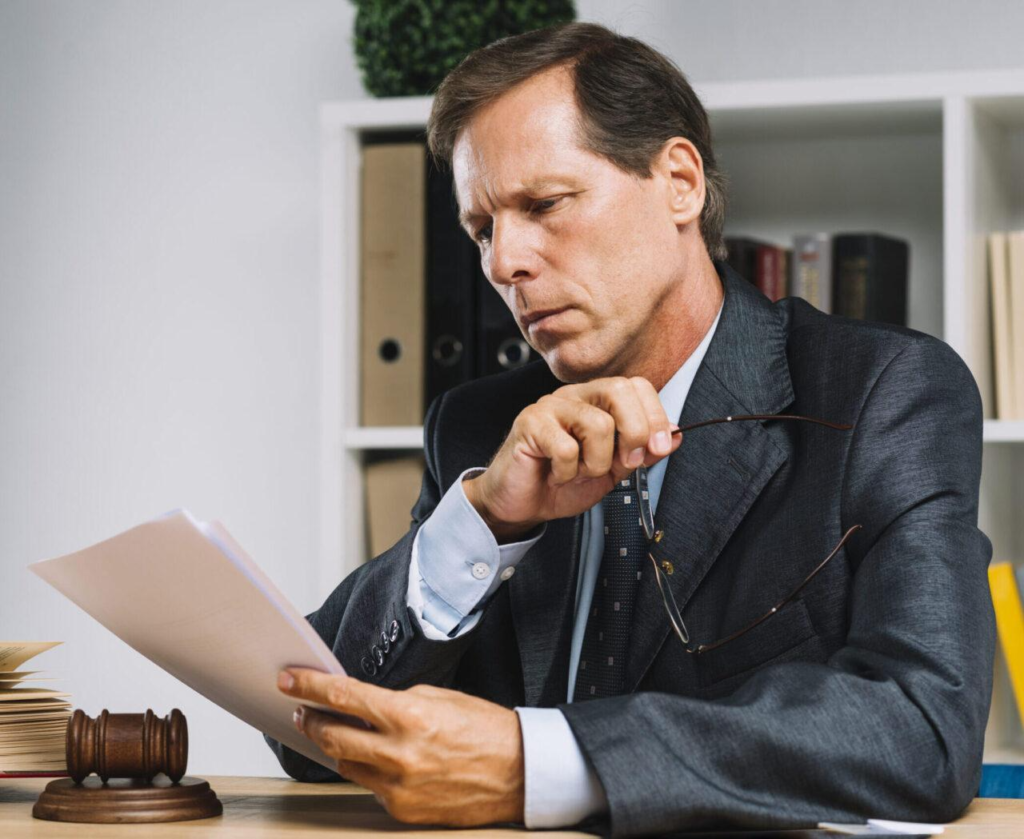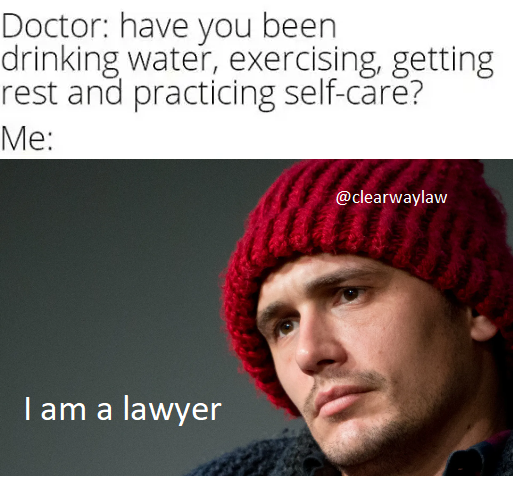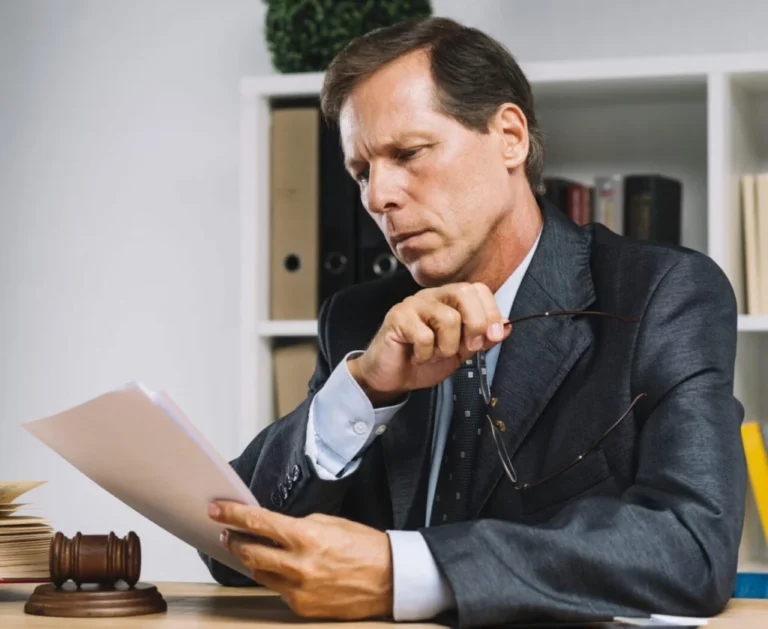Are you wondering what to do after a slip-and-fall accident in Vancouver? One of the most common forms of personal injury claims is what has become known as a “slip and fall” accident. However, there are many ways to get injured on someone’s property beyond slipping on something.
Whether your injury occurs from slipping, or tripping, having something dropped on you, or any other way you can imagine, the occupier of the property can be liable for your injuries if their negligence (whether through action or inaction) caused the accident.
The way these accidents are handled in Vancouver and the surrounding cities are different from other jurisdictions and they are not always as straightforward as you might imagine.

Occupier’s Liability Act
Most of the slip and fall accidents are governed by the Occupiers Liability Act [RSBC 1996] CHAPTER 337. This act imposes an obligation for an occupier of a property to ensure that the property is safe for those using it.
This means that property owners (or others occupying a property) need to ensure that there are reasonable systems of inspection and remediation in place to ensure that a property is safe for the individuals using it.
The obligation of a property owner or occupier is, for the most part, common sense. If there is a reasonably foreseeable danger, you have to deal with it. If the property is snowy or icy, then the owner/occupier is expected to clear the snow and salt any walkways.
In large grocery stores where there are hundreds, if not thousands of people, coming and going and handling product and produce, the owner/occupier needs to ensure there is a scheduled sweep system which staff follow to ensure the grocery store isles are clean and free of dangers on a regular basis.
If people are invited onto a property you need to ensure that the walkways and stairs are in good working order and pose no danger, and that there is adequate lighting in the circumstances.
Should a property owner or other occupier of the property fail to meet their obligations under the act and you are injured you will have a claim against them in personal injury for occupiers liability in negligence.
Slip and Fall Accidents on Municipal Property
Slip and Fall accidents on municipal or city-owned property can be much harder to litigate than your average slip-and-fall cases.
First off, while most slip and fall accidents have the standard two-year limitation date in which you must file a lawsuit, accidents on municipal property in British Columbia have a different notice requirement.
Pursuant to the Local Government Act [RSBC 2015] CHAPTER 1, if you are injured in an accident and need to sue a municipality you need to notify that municipality within 60 days in writing, to a particular address, of the circumstances of the accident and injury and that you intend to pursue a claim.
If you fail to do this within 60 days of the accident you are barred from bringing a claim. Many lawyers are not even aware of this strict timeline to notify a municipality of an accident, let alone the general public. This results in many legitimate claims being denied.
Inspection of their sidewalks for dangers
Another unique aspect of slip-and-fall accidents on municipal properties is that in some circumstances the cities are allowed to make their own rules as to their inspection policies. For example, the City of Richmond has a reactionary policy, where they do not perform any inspection of their sidewalks for dangers and wait until the danger is reported to them before taking any action.
This can be compared to the City of Burnaby’s policy which has an annual inspection of all high-traffic commercial area sidewalks, and a zone-by-zone inspection once every 6 years for all other sidewalk areas within the municipal area.
Municipalities can even decide what is a danger such that they would have to respond to it and be legally responsible. The City of Vancouver policy is that there needs to be a differential of at least 2.5cm for a defect in a sidewalk to be considered a defect they would have to repair, and that’s only if they’re notified of it! Compare this with a regular store, restaurant, grocery store, etc., where the size of a defect doesn’t matter, simply the danger that it creates.
Municipalities in British Columbia have strong protection from slip and fall claims thanks to the relevant legislation and whether or not you have a case could depend on if your accident occurred in Vancouver or another city.

Health Care Cost Recovery Act
Another unique feature to slip and fall accidents that happen in British Columbia is that they are subject to the Health Care Cost Recovery Act [SBC 2008] CHAPTER 27, which stipulates that the owner/occupier of the property on which a slip and fall occur must pay back the Ministry of Health for any health care costs paid out under the Medical Services Plan (MSP) in relation to the accident.
If you are injured due to a slip and fall accident in Vancouver and an ambulance and hospital visit are required, you are more than likely going to be brought to one of the following hospitals:
- Vancouver General Hospital
- Mount Saint Joseph Hospital
- St. Paul’s Hospital
- UBC Hospital
- BC Children’s Hospital
Slip and Fall Accident in Vancouver
Any medical care you receive at these hospitals will have associated costs and those costs will be billed to the British Columbia Medical Service Plan and the Ministry of Health will seek to be compensated for these costs through your personal injury claim by way of the Health Care Cost Recovery Act. The same applies to any other medical visits/treatments billed to the Medical Service Plan.
No personal injury claim with a Health Care Cost Recovery Act Claim should ever be resolved without the approval of the Ministry of Health.
As discussed, there are specific timelines and notification periods that come into play with slip and fall claims and if you’ve been injured you should contact a lawyer with expertise in the area to ensure your claim is handled correctly.
Famous cases that made the news
Slip and fall accidents typically don’t make the headlines, but a series of events in Vancouver, Canada, has recently stirred substantial media attention due to their unusual nature and the high-profile individuals involved.
The first such incident occurred in January 2023 when the beloved local celebrity, Chef Juno Park, owner of Vancouver’s acclaimed restaurant, “Fusion Nebula,” suffered a slip and fall accident at his establishment. The accident, captured on security camera footage, was peculiar due to the dry, seemingly safe conditions of the floor where the chef slipped.
With no discernable cause, the incident led to speculation about possible foul play, especially since it resulted in a severe spinal injury that paused Juno Park’s illustrious culinary career. Local media was ablaze with theories and discussions, which only heightened when Juno Park announced a multi-million dollar lawsuit against the manufacturer of the restaurant’s flooring.
A spill of a slippery substance
The second incident took place only a few weeks later, involving the mayor of Vancouver. While touring a new public library construction site, he slipped and fell, breaking her arm.
Surveillance footage showed him stepping onto a shiny surface, later identified as an unnoticed spill of a slippery substance, causing him to lose balance. The incident, occurring in full public view, drew a swarm of media attention. Subsequently, the Major sued the construction company, alleging negligence and inadequate safety measures.
The third accident involved renowned local figure skater, Kai Burton. He suffered a devastating slip and fall accident during a non-ice rehearsal at his training facility. The fall resulted in a compound fracture that threatened his skating career, just months ahead of the Winter Olympics.
Slip and Fall Accident in Vancouver Canada
Once again, the event was captured on video, showing Burton slipping on a clean, dry surface, mirroring the odd circumstances of Chef Park’s incident. His subsequent lawsuit against the facility owners added fuel to the already fiery media spectacle.
These accidents not only provoked a surge in local media coverage but also drew attention from national and international outlets, provoking debates around public safety, negligence, and accountability. The incidents have shone a light on the often-underestimated consequences of slip-and-fall accidents, urging businesses and public spaces to reassess their safety measures.
Beyond the immediate media frenzy, these high-profile cases have triggered a wider societal conversation. The incidents ignited discussions around insurance policies, legal implications, and the responsibilities of businesses to prevent such occurrences. In the wake of these accidents, Vancouver’s city council has launched a “Safe Floors Initiative,” aiming to develop better regulations for floor safety in public and private establishments.
In the end, these high-profile slip-and-fall accidents in Vancouver have done more than just make headlines; they have ignited a paradigm shift in how the city and its inhabitants approach safety in their daily environments.
It remains to be seen how these high-profile cases will pan out in court, and the rulings will likely set precedents for future slip-and-fall accidents, marking a significant point in the city’s legislative history.


